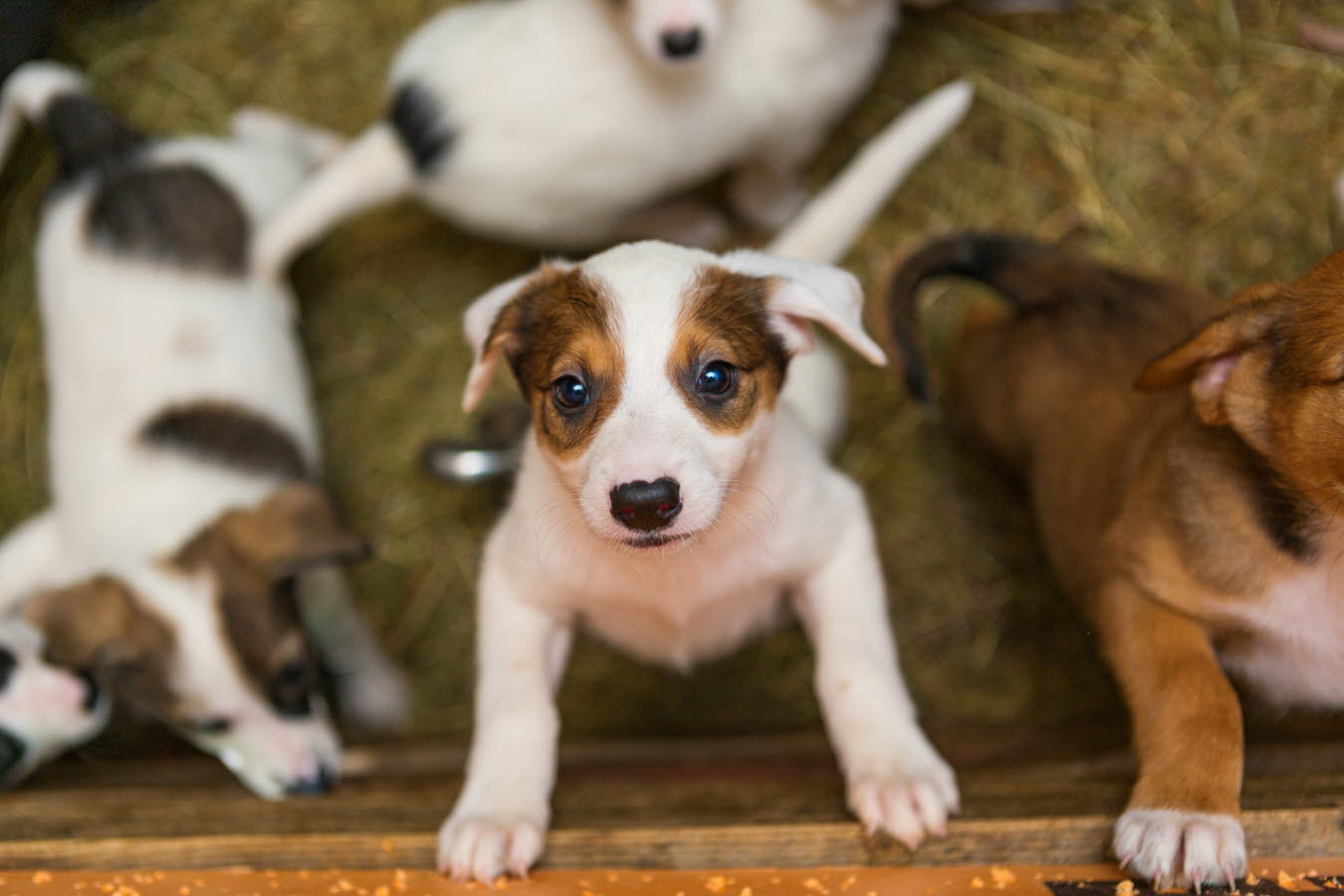
What makes someone pick one dog over another? Why do some pet owners insist on problematic breeds? A critical review from the Dogs Trust in the UK sought to determine the answers to these questions and more.
More than a quarter of UK households own a dog, with approximately 39% of Australian households also keeping a pet dog. The decision-making process that prospective dog owners undergo is a growing area of study, as it often involves multiple steps and numerous considerations. Dog type (e.g. herding, working), breed, physical and behavioural characteristics can all come into play.
Additionally, prospective owners must consider where to purchase their new pet from, with different consequences likely to result based on the source (e.g. breeder vs. pet shop vs. rescue). This review focused on studies which examined the motivations behind those who actively decided to acquire a dog. Obviously, there are many dog owners who acquire a dog passively (e.g. inheriting a dog) or on impulse and these weren’t included.
The motivations and decision-making process of prospective dog owners has important implications for veterinarians as well as the wider animal industry. Some dogs are more likely to suffer health problems and hereditary diseases, such as brachycephalic dogs. The conditions where dogs are raised can also impact their health and behaviour, with dogs bred on puppy farms more likely to experience infectious diseases and behavioural disorders such as anxiety and stereotypies.
Understanding the thinking behind acquisition can also help with combatting some of the reasons for relinquishment of dogs, by tailoring education strategies to owners who are unprepared for dog ownership.
This review highlighted several key insights. The factors which had the most impact on decision-making for prospective dog owners included the behaviour and health of the dog, the dog’s physical appearance, social influences such as trends in the popularity of certain breeds, demographic and socioeconomic factors such as the size of a household and presence of children and the owner’s previous dog ownership experience.
Living in a house (as opposed to a unit), having children, having a low level of education, owning a pet in childhood, and coming from a caucasian ethnicity all increased the likelihood of dog ownership. The most important pet characteristic for prospective dog owners was found to be the physical appearance of the dog. This was more important than health, behaviour and longevity.
The age of a dog also played into its desirability. Overwhelming, prospective dog owners wanted to acquire a puppy rather than an adult dog. There are also more subconscious influences affecting individual dog acquisition. Some of the reviewed studies suggested owners may project their self-identity onto pets and use them as an expression of personality. For example, acquiring a ‘tough’ dog such as a Rottweiler or Doberman can be an expression of an owner’s personality.
Although the findings of this critical review were revealing, more well-designed prospective studies are required to truly determine the casualty of these correlations.
References
- The paper is Open-Access and can be found here: https://www.mdpi.com/20762615/9/4/124
This article originally appeared in the June 2019 Australian Veterinary Journal.
